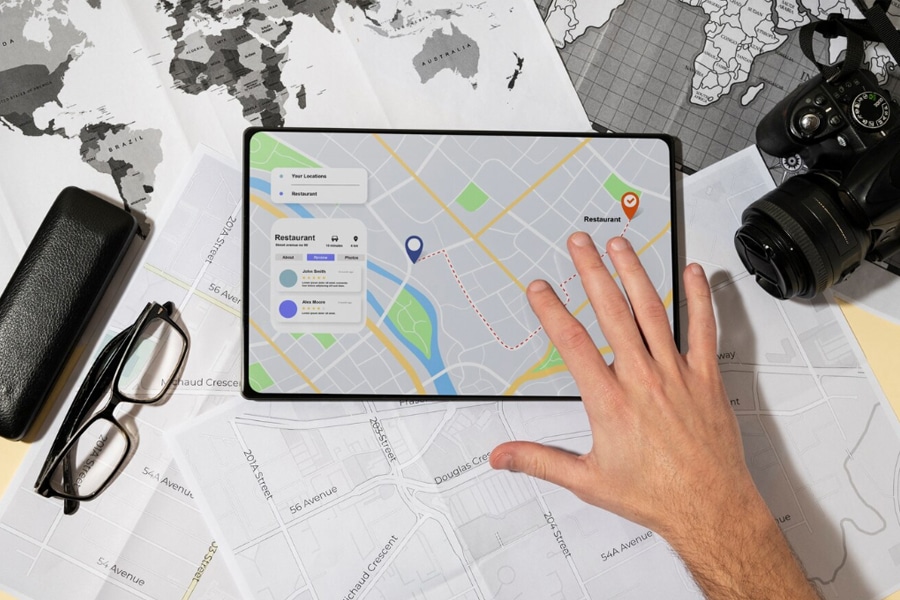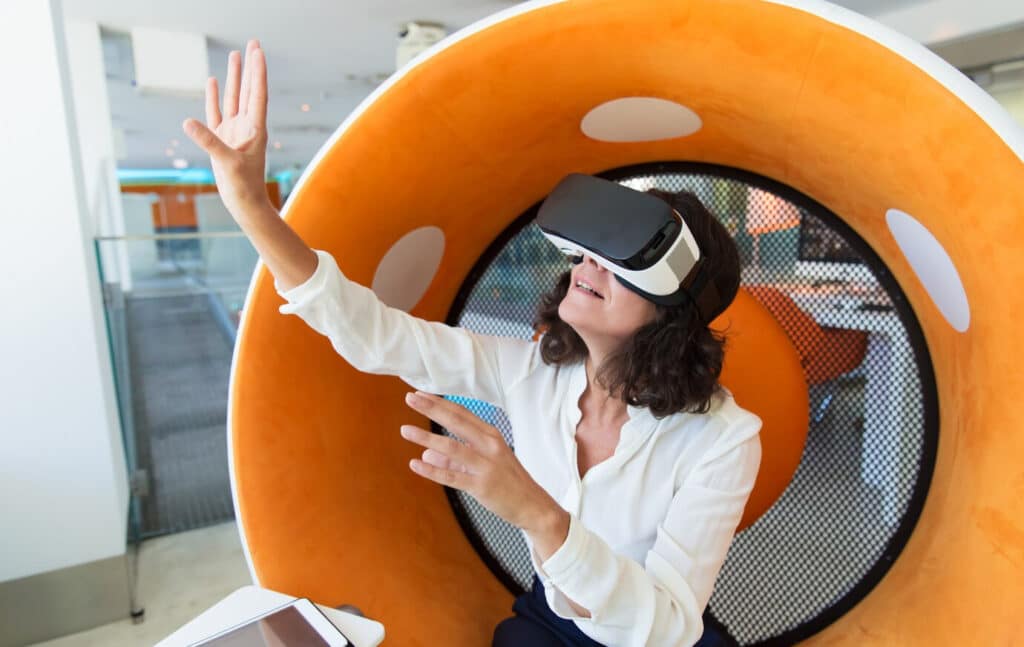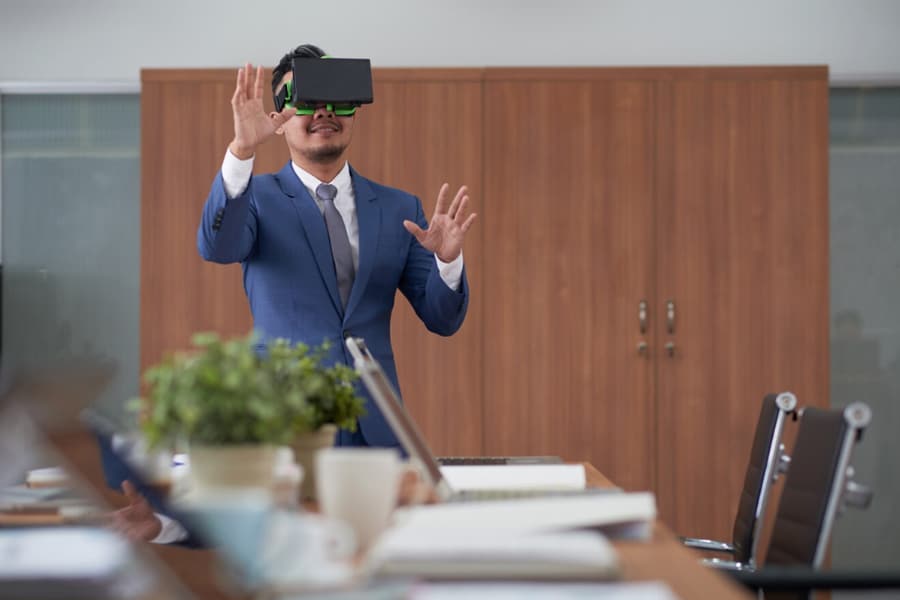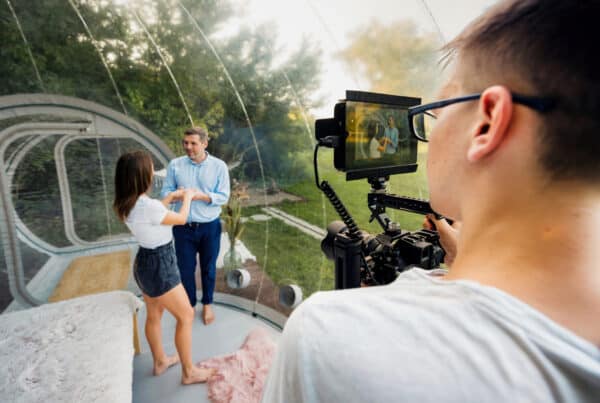
Summary: In today’s digital era, the fusion of Google Street View, maps, and virtual tours is not just transforming the way we navigate but also enhancing our virtual exploration experiences. This article dives deep into the technological marvels of Google Street View and virtual tours, showcasing their benefits for businesses and enthusiasts alike. Discover why embracing these technologies could revolutionize your understanding of spaces and places around the world.
What is Google Street View?
Google Street View is a feature within Google Maps that offers panoramic views of streets across the world, captured through specialized camera equipment mounted on vehicles, bicycles, and even backpacks. Since its launch in 2007, it has grown to cover diverse locations, from urban avenues to remote trails, providing a visual and immersive experience of places without physically being there. The technology leverages millions of images to create a seamless virtual journey through streets, making it an invaluable resource for travelers, planners, and curious explorers alike.
How Do Virtual Tours Enhance Visitor Experience?
Virtual tours are digital simulations of existing locations, typically composed of a series of videos or still photos. They allow visitors to explore a space at their own pace and from their own device, enhancing accessibility and convenience. For businesses, virtual tours can offer a transparent preview of their facilities, fostering trust and interest among prospective clients. Educational institutions and museums have found virtual tours particularly beneficial during times when physical visits aren’t possible, ensuring continuous engagement with their audiences.
The Role of 360 Imagery in Virtual Tours

360° imagery serves as the backbone of effective virtual tours. This technology captures every angle of a space, offering a spherical view that makes virtual navigation intuitive and comprehensive. Users can look up, down, and around, almost as if they were there, which significantly enriches the user experience. This type of imagery is particularly useful in real estate, hospitality, and retail, where a detailed view of the environment can influence customer decisions and satisfaction.
Exploring Iconic Locations with Google Maps Street View
Google Maps Street View not only serves the practical purpose of navigation but also allows users to explore iconic locations around the world virtually. From the historical streets of Rome to the bustling markets of Tokyo, Street View provides a digital passage to global destinations. This feature is especially valuable for tourists planning their visit, as they can check out attractions, determine their interests, and plan travel routes in advance.
Benefits of Virtual Tours for Businesses

Virtual tours can significantly enhance online presence and attract new customers. For businesses, particularly in the travel, real estate, and hospitality sectors, virtual tours increase visibility and help in building a solid online reputation. They allow potential customers to gain insights into the amenities and ambiance offered, thus enhancing transparency and boosting consumer confidence.
Professional Equipment vs. DIY: What’s Needed for a Virtual Tour?
While professional photographers with high-end equipment can provide stunning visual quality and technical reliability, advancements in technology have made DIY virtual tours increasingly feasible. Tools like 360° cameras and various software are now accessible and easy to use, enabling businesses to create their own tours without heavy investment. However, for a tour that demands high-quality imagery or involves complex spaces, professional services might still be the best choice.
How to Create a Virtual Tour Using Google Street View
Creating a virtual tour using Google Street View involves capturing 360° photos of the location and uploading them to Google Maps. Businesses can use the Street View app to create a series of connected images or hire a certified photographer to ensure professional quality. Once uploaded and processed, these images are available publicly on Google Maps, enhancing the business’s visibility and searchability online.
Attracting New Customers with Interactive Virtual Tours

Interactive virtual tours go a step further by integrating elements such as links, videos, and informational tags. These features make the virtual tour not only a visual experience but also an informative one, enabling businesses to communicate more effectively with potential clients. For instance, hotels can highlight amenities like spas and gyms, while retail stores can showcase product details, thereby directly influencing the buying decisions of customers.
Virtual Tours: A New Age Tool for Museums and Educational Facilities
Museums and educational facilities are increasingly adopting virtual tours to reach a broader audience. These tools allow them to display exhibits and educational content online, making cultural and educational resources accessible to a global audience. Virtual tours can be particularly powerful in educational contexts, providing students with remote access to resources they might otherwise never experience.
Future Trends: What’s Next for Google Street View and Virtual Tours?
The future of Google Street View and virtual tours looks promising, with ongoing enhancements in VR technology, AI, and image processing. Upcoming trends may include more personalized tour experiences through AI, greater integration with virtual reality to produce even more immersive experiences, and increased use of these technologies in sectors like public safety and urban planning.
Key Takeaways:
- Immersive Experience: Google Street View and virtual tours offer a visually rich and immersive experience of locations worldwide.
- Business Benefits: These technologies help businesses enhance their online presence and customer trust through detailed visual insights.
- Accessibility: Virtual tours make cultural, educational, and commercial spaces more accessible, especially in times when physical visits are limited.
- DIY vs. Professional: Accessible tools have made DIY virtual tours possible, though professional equipment still leads in quality.
- Future Potential: Ongoing technological advancements promise even more dynamic and interactive virtual tour experiences in the future.
By integrating Google Street View and virtual tours into your exploration or business strategy, you can unlock a world of possibilities and discover a new way to experience and showcase spaces.




